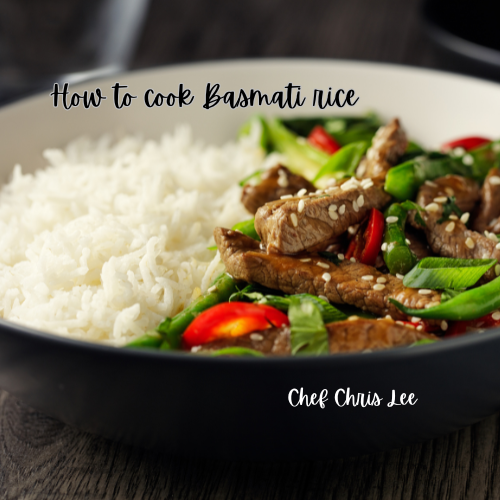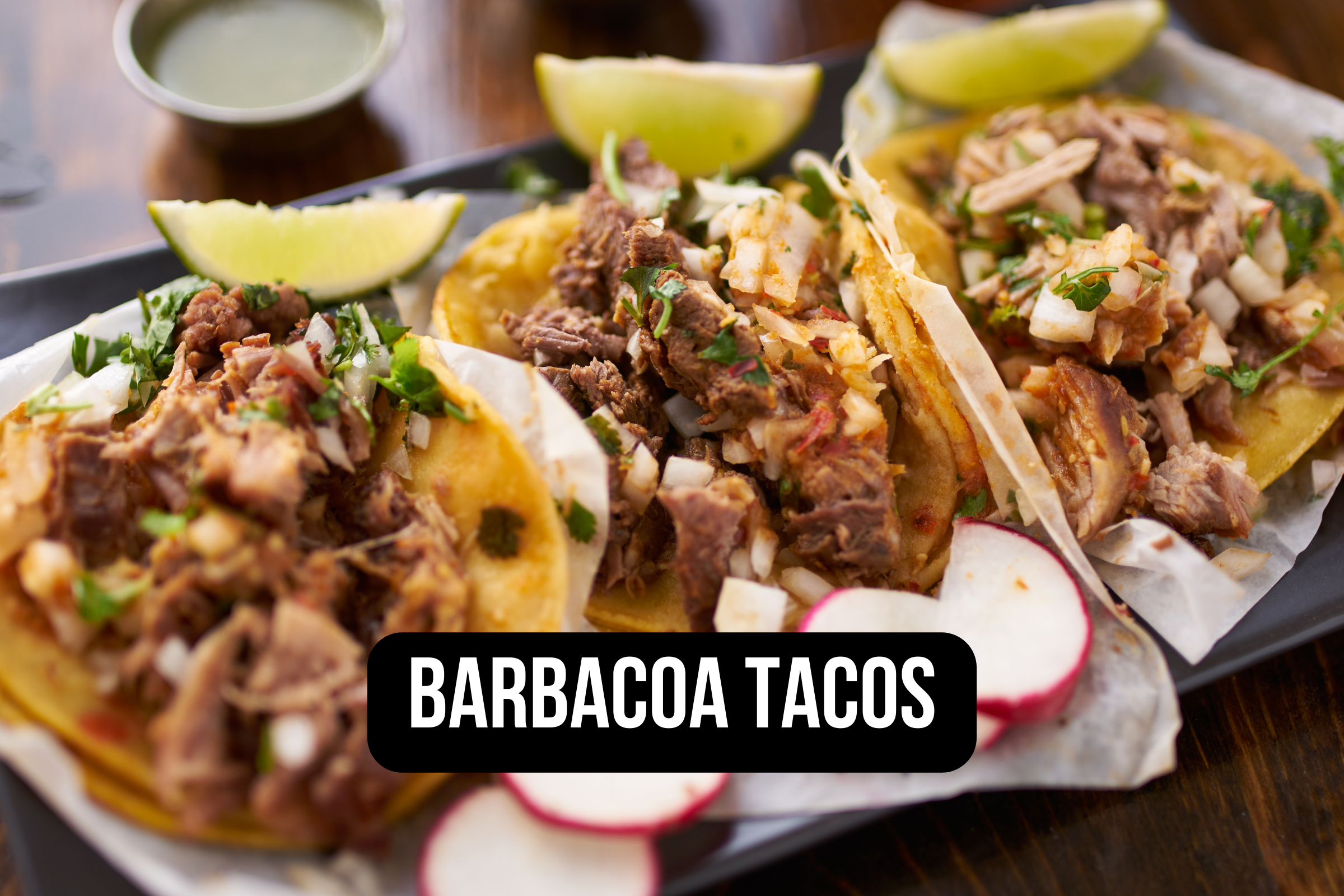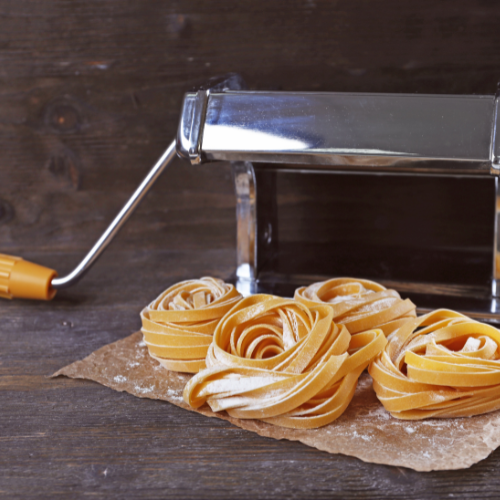How to cook skirt steak and some recipes
Introduction to Skirt Steak
Skirt steak, a flavorful and versatile cut of beef, is often overlooked in favor of more popular cuts like ribeye or filet mignon. However, its distinctive qualities make it a true gem in the world of beef. Derived from the plate section of the cow, skirt steak is a long and flat cut that is known for its rich marbling and pronounced beefiness.
What sets skirt steak apart from other cuts is its unique texture and flavor profile. Due to its location on the cow's underbelly, it is a well-exercised muscle, resulting in meat that is slightly tougher than more tender cuts.
However, this slight chewiness provides an enjoyable eating experience when cooked properly. The marbling found within skirt steak contributes to its incredible depth of flavor.
Marbling refers to the intramuscular fat that runs through the meat, imparting juiciness and enhancing taste. Skirt steak's marbling creates luscious pockets of fat that baste the meat as it cooks, adding succulence and richness to each bite.
Another defining characteristic of skirt steak is its distinct grain pattern. As you examine the cut, you'll notice long fibers running along its length.
These fibers should be sliced against the grain when serving to ensure tenderness. Cutting against the grain severs these long fibers into shorter pieces, making each bite easier to chew while maintaining maximum juiciness.
Tips for Choosing High-Quality Skirt Steak
Unveiling the Secrets to Picking the Perfect Cut
When it comes to selecting high-quality skirt steak, there are a few key pointers that can guide you towards a cut that will elevate your culinary endeavors. Firstly, examine the color of the meat - it should possess a vibrant, deep red hue.
Avoid any steak with a grayish tint or discoloration as this may indicate poor quality. Next, inspect the marbling - thin white streaks of fat running through the meat.
Look for modest marbling as excessive fat can result in an undesirable texture. Additionally, consider the thickness of the steak.
Aim for cuts that are around 1/2 to 3/4 inches thick, as this ensures even cooking without compromising tenderness and juiciness. It is important to note that skirt steak tends to be long and narrow in shape, so choose pieces that are uniform in size and thickness to ensure consistent results.
Properly Handling and Storing Skirt Steak
Once you have obtained your prized cut of skirt steak, it's crucial to handle and store it properly to maintain its freshness and flavor integrity. To begin with, ensure that you refrigerate or freeze skirt steak immediately after purchase if not planning to cook it right away. Store it well-wrapped or sealed in an airtight container or plastic bag to prevent any cross-contamination within your refrigerator.
For optimal tenderness, allow your skirt steak to reach room temperature before cooking by removing it from the refrigerator at least 30 minutes prior (if time permits). This not only helps with even cooking but also allows the meat fibers to relax and tenderize more effectively during cooking.
Unlocking Flavor with Marinating Techniques
While marinating skirt steak is not essential due to its robust flavor, it can certainly elevate the taste and tenderness of the meat. One popular marinating technique is to create a simple and flavorful mixture using ingredients such as soy sauce, garlic, Worcestershire sauce, citrus juice (lemon or lime), and a touch of honey or brown sugar for balance.
Combine these ingredients in a bowl or ziplock bag and let the skirt steak marinate for at least 30 minutes to overnight in the refrigerator. If you prefer a more hands-off approach, consider using a dry rub.
Create your own blend of herbs and spices like paprika, cumin, chili powder, garlic powder, salt, and pepper. Generously coat both sides of the skirt steak with this mixture and allow it to rest for at least 15 minutes before cooking.
Remember that marinating times can vary depending on personal preference and recipe requirements. Experiment with different flavors to find your signature marinade that complements the natural richness of skirt steak.
Be discerning when choosing skirt steak by considering its color, marbling, thickness, and uniformity. Proper handling includes refrigerating or freezing promptly after purchase and allowing it to reach room temperature before cooking.
Optional marinating techniques can enhance both tenderness and flavor depending on personal preference - whether through traditional marinades or dry rubs bursting with aromatic spices. By following these tips for selecting and preparing skirt steak , you will embark on a culinary journey that celebrates this delectable cut of meat to its fullest potential.
Grilling: Achieving Perfection
Preparation and Seasoning
When it comes to grilling skirt steak, proper preparation is key. Begin by preheating your grill to medium-high heat, ensuring that the grates are clean and well-oiled to prevent sticking. Meanwhile, take your skirt steak out of the refrigerator and let it come to room temperature for about 30 minutes.
This allows for more even cooking. Before placing the steak on the grill, season it generously with kosher salt and freshly ground black pepper on both sides.
You can also add additional spices or herbs to suit your taste preferences. Some popular options include garlic powder, paprika, cumin, or chili powder.
Searing Technique: Flavorsome Crust with Juiciness Intact
To achieve a flavorful crust while maintaining juiciness in your skirt steak when grilling, use a searing technique. Start by placing the seasoned skirt steak directly over the hottest part of the grill—this will help create a beautiful sear on both sides of the meat. Allow it to cook undisturbed for about 2-4 minutes per side.
After achieving a nice sear, move the skirt steak to a slightly cooler part of the grill or reduce heat (if using gas) or raise grate (if using charcoal) for indirect grilling. This indirect heat will continue cooking the meat gently while preventing overcooking or charring on the outside.
Tips for Indirect Grilling
To ensure optimal results when indirect grilling skirt steak, follow these tips: - Keep an eye on internal temperature: Check with an instant-read thermometer inserted into thickest part of meat without touching bone or fat.
For medium-rare doneness (recommended), aim for around 130-135°F (54-57°C). Remove the steak from the grill when it reaches about 5°F (3°C) below your target temperature as it will continue to cook while resting.
- Lid down: Close the grill lid during indirect grilling to create a convective heat environment that surrounds and cooks the skirt steak evenly. This helps retain moisture and promotes a more tender result.
- Resting period: Once you remove the skirt steak from the grill, allow it to rest for at least 5 minutes before slicing. This helps redistribute juices, resulting in a more succulent final product.
Pan-Seared: Perfect Crust on Stovetop
Choosing the Right Pan and Heat Settings
When pan-searing skirt steak on the stovetop, using a well-seasoned cast-iron skillet is ideal. The skillet's ability to retain heat evenly ensures proper browning while achieving an excellent caramelized crust.
Make sure you have a skillet large enough to accommodate your skirt steak without overcrowding. To ensure proper heat distribution and prevent sticking, preheat your cast-iron skillet over medium-high heat for about 5 minutes before adding any oil or butter.
Techniques for Achieving Beautiful Sear
To achieve that coveted beautiful sear while maintaining your desired internal temperature: 1. Dry your skirt steak thoroughly with paper towels before searing to minimize moisture on its surface, allowing for better browning. 2. Add oil or butter to coat the hot skillet just enough to prevent sticking but not so much that it deep-fries or steams the meat.
3. Place your seasoned skirt steak in the center of your hot skillet and press it firmly against its surface using a spatula or tongs—this maximizes contact area for even searing. 4. Let it cook undisturbed for about 2-4 minutes per side, depending on thickness, until a deep brown crust forms.
If your steak is thicker, you can finish it in the oven preheated at 400°F (200°C) for a couple of minutes to reach your desired doneness. Remember, achieving a perfect sear on skirt steak requires vigilance and timing.
Overcooking can lead to toughness, so be mindful and remove it from the heat just before reaching your desired internal temperature. By mastering these grilling and pan-searing techniques, you will elevate your skirt steak cooking to new heights, impressing both family and friends with deliciously juicy and flavorful results.
Serving Suggestions and Recipes
Classic Skirt Steak Fajitas
Fajitas are a beloved Tex-Mex dish that perfectly showcase the rich flavors and tender texture of skirt steak. To create mouthwatering fajitas, start by marinating the skirt steak in a combination of lime juice, garlic, cumin, and chili powder for at least an hour, allowing the flavors to penetrate the meat.
Then, preheat your grill to medium-high heat and cook the steak for about 4-5 minutes per side for medium-rare doneness. Let it rest for a few minutes before thinly slicing it against the grain to ensure maximum tenderness.
Serve alongside warm tortillas, grilled bell peppers and onions, guacamole, salsa, and sour cream. The combination of smoky grilled meat with vibrant vegetables and tangy condiments creates a delicious symphony of flavors.
Asian-inspired Stir-Fried Skirt Steak
For those craving an Asian twist on skirt steak, stir-frying is an excellent cooking method that allows you to retain its natural tenderness while infusing it with bold flavors. Start by cutting the skirt steak into thin strips against the grain; this ensures that each bite will be tender rather than chewy.
Next, create a flavorful marinade using soy sauce, ginger, garlic cloves (finely minced), sesame oil, and a touch of honey or brown sugar for sweetness. Allow the meat to marinate for at least 30 minutes to allow the flavors to meld together.
In a hot wok or skillet over high heat, quickly stir-fry the beef until it reaches your desired level of doneness—usually around 2-3 minutes per side. Pair this delectable stir-fried skirt steak with jasmine rice or noodles and garnish with scallions or toasted sesame seeds for an unforgettable Asian-inspired dish.
Conclusion
Skirt steak is a versatile cut of beef that lends itself beautifully to a variety of cooking methods and recipes. Whether you choose to indulge in classic fajitas with all the fixings or explore the flavors of an Asian-inspired stir-fry, skirt steak offers an enjoyable dining experience. By following these recipes and tips, you can transform this underappreciated cut into a star on your dinner table.
So, grab your apron, fire up the grill or heat up the skillet, and get ready to impress your family and friends with tender and flavorful skirt steak dishes. Embrace the culinary adventure that awaits you and savor every delicious bite!























































Patio Grill Station